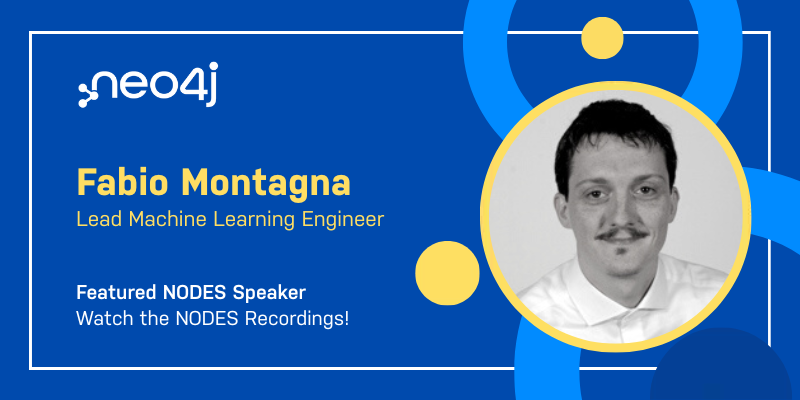This Week in Neo4j: Genealogy, ChatGPT Adventures, Dev Tools, and More

Sr. Manager, Developer Community
4 min read

Happy Holidays! Thank you for being part of the graph community! In this year’s last newsletter, we have tools, tricks, and fun stuff, and I hope you find something to make your own! Experiment along with Michael and Alexander in ChatGPT Adventures, where they coax the OpenAI chatbot to generate html, csv, Cypher, and other output.
Don’t miss the very useful tool Neo4j JSON to C# for generating classes for all of your Nodes and Relationships. That can save a lot of development time writing the client code to interact with your graph database. You may also be interested in the highlighted NODES session video, CloudScreen: A Graph-Based Drug Repurposing Platform Empowered by Machine Learning. It looks at in silico drug repurposing through machine learning analysis of a biochemical knowledge graph.
If you’re a developer building modern applications with GraphQL, we would really value your opinion about a new GraphQL service offering from Neo4j. Please take the time to answer this short, two-minute survey. Your opinion matters!
See you next year,
Yolande Poirier
P.S.: Wow! There are so many excellent sessions from the NODES conference. As you wind down during the holidays, take some time to find the right one for you. They are all available for free!
FEATURED NODES SPEAKER: Fabio Montagna
Fabio Montagna is a Lead Machine Learning Engineer at GraphAware. As a software engineer, he devoted most of his 15+ year career in the research field, both scientific and industrial. From neuroscience to operational oceanography through natural language processing, Fabio helped scientists push their research forward, designing support infrastructures that are ready to be industrialized. As a bridge between science and industry, he assists with moving rapidly from scientific reasoning to product value. You can follow him on LinkedIn.
In his NODES 2022 presentation, he shares the process of horizon scanning over a graph of medical research papers. Watch it now!

KWOWLEDGE GRAPH: Modeling Your IT System as a Social Network
In this post, Adrien Sales presents a chapter breakdown of his talk from NODES 2022. In “From Game of Thrones to Information System Cartography,” you’ll see how they built an information system cartography solution on Neo4j that answers complex questions about operations, single points of failure, and critical apps.
ENDOGAMY: The Knowledge Graph, Part 1
In this blog, genealogists David A Stumpf, MD, PhD and Michelle Bray Wilson use graph theory to discover inbreeding in family trees. For example, discover every ancestor in each path to every ancestor you share with cousins.
NODES SESSION: CloudScreen: A Graph-Based Drug Repurposing Platform Empowered by Machine Learning
APP: Neo4j JSON to C# Classes
EXPLORING ChatGPT: Learning, Code, Data, NLP, and Fun
TRAINING: Creating Graphville, Learn Neo4j & Cypher Through Stories
TWEET OF THE WEEK: @nsmith_piano
Don’t forget to retweet if you like it!
I had a great time talking about graph-powered machine learning at the Kansas City Graph Databases Meetup last week! Thank you to Tim Chung and @AdAstraIS for hosting us. Join us in January! https://t.co/JhKSrQUrvb #networking #Neo4j #KansasCity pic.twitter.com/20YINvFfCb
— Nathan Smith (@nsmith_piano) December 12, 2022
PERSPECTIVES on NODES SESSIONS
Talking Games And Graphs At Nodes 2022
by Owen Brierley
Recommendation Systems in Drug Discovery by Ben Vozza
What I Learned at Neo4j’s NODES 22 Conference by Cameron Gain
… OF SPECIAL INTEREST
-
- The 5G Academy students (Federico II University) describe the interactive Metahuman proof-of-concept they built using FANTASIA, Neo4j, and the UnrealEngine, FASTWEB, Nokia, and Alkedo Srl, creating the hologram infrastructure based on Pixel Streaming (in Italian). Learn about it.
- Ukrainians use Neo4j to visualize Russian propaganda channels in Telegram. Explanation is in Ukrainian!
- FastRP Graph Embeddings explained by example (Fast Random Projections). Watch it here.








